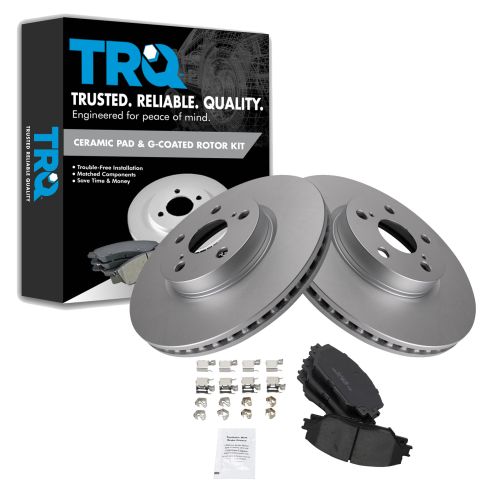1ABFS12390-Toyota Pontiac Scion Front Ceramic Brake Pad & Rotor Kit TRQ BKA24344

Replaces
2010 Toyota Corolla Front Ceramic Brake Pad & Rotor Kit TRQ BKA24344

Product Reviews
Loading reviews
There are no reviews for this item.
Customer Q&A
No questions have been asked about this item.
Toyota is a registered trademark of Toyota Motor Corporation. 1A Auto is not affiliated with or sponsored by Toyota or Toyota Motor Corporation.
See all trademarks.











